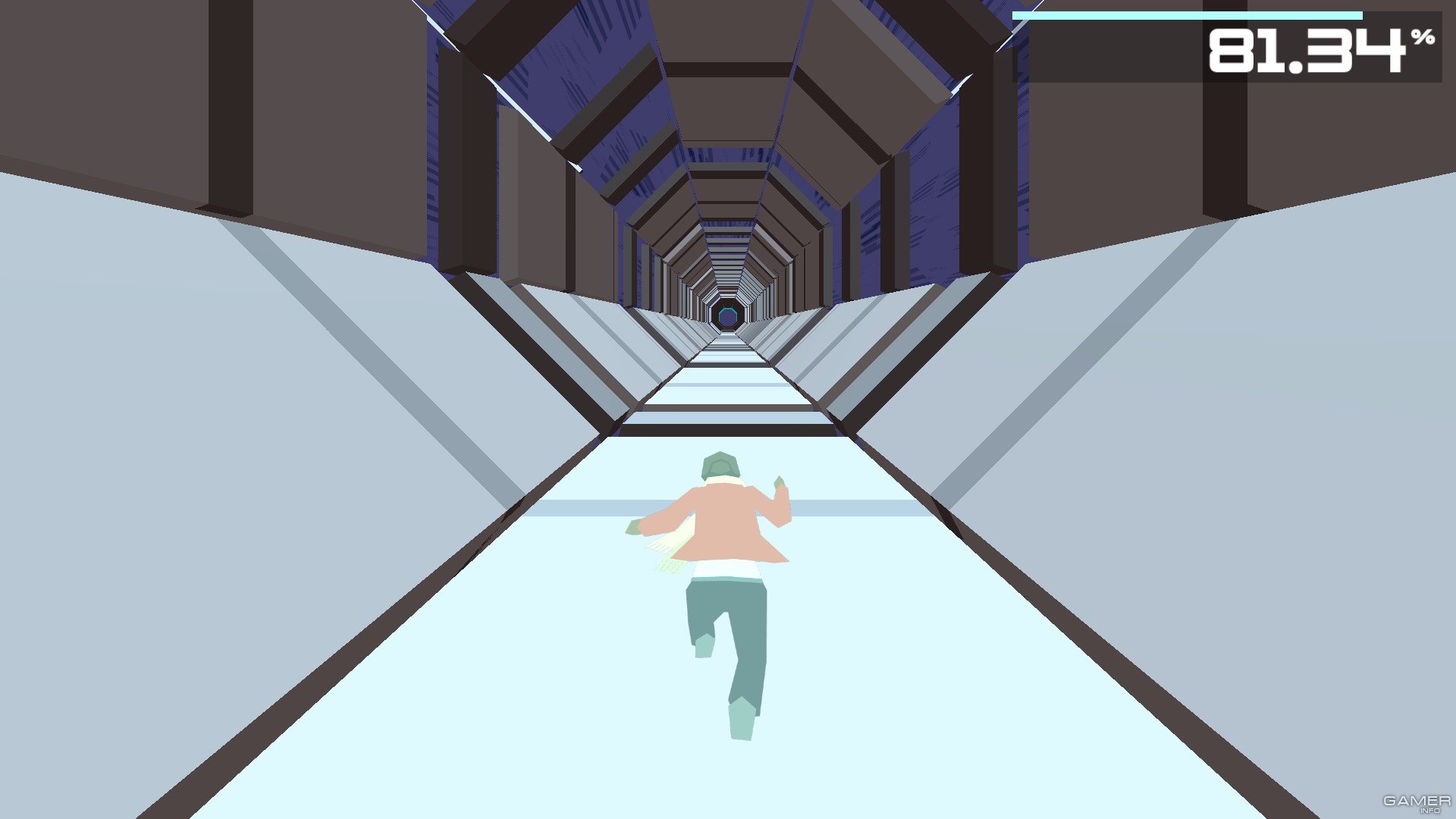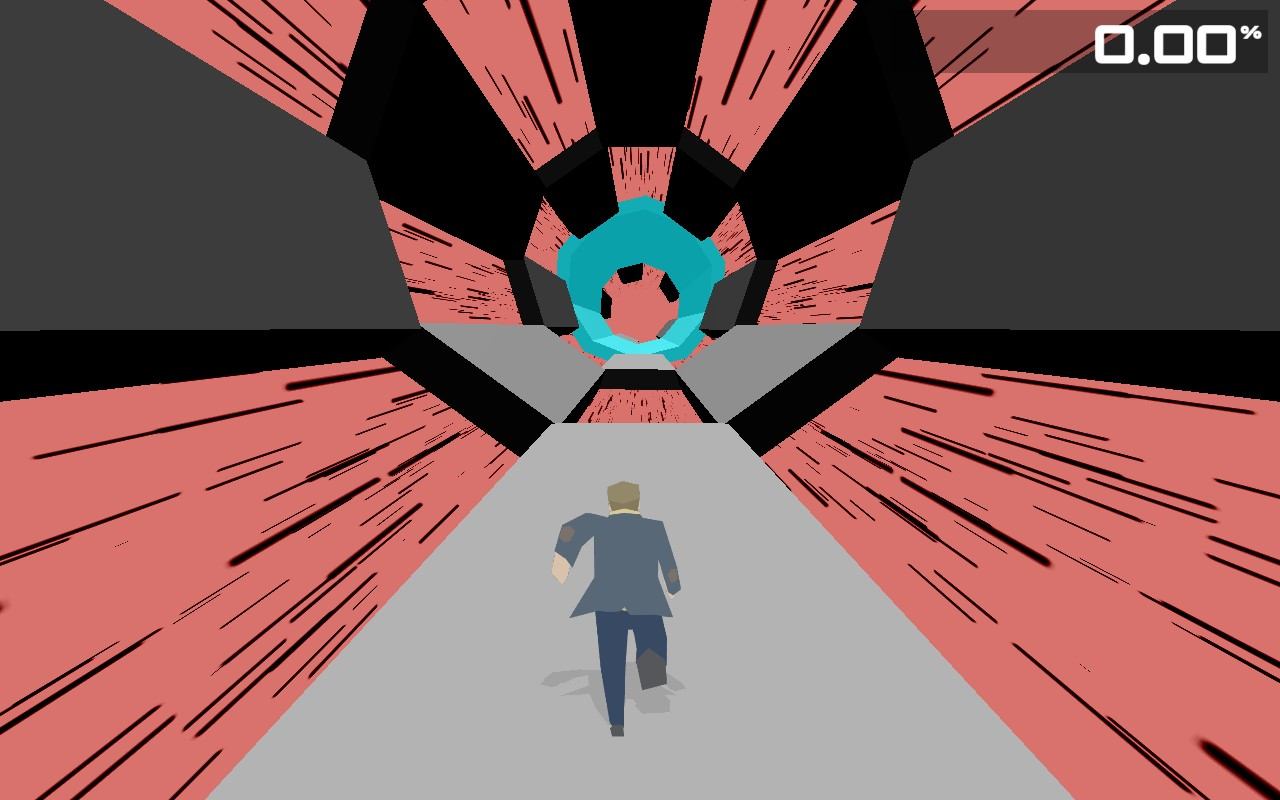
“But the fact that NA64 reached an experimental sensitivity that is better than the current accuracy of the direct measurements of a e, and of recent high-precision measurements of the fi ne-structure constant, is amazing.” These contributions are too small to explain the current anomaly in the electron’s anomalous magnetic moment, says NA64 spokesperson Sergei Gninenko. The result sets new bounds on the e –X interaction strength and, as a result, on the contributions of X bosons to a e: X bosons with a mass below 1 GeV could contribute at most between one part in 10 15 and one part in 10 13, depending on the X-boson type and mass.

The result sets new bounds on the e –X interaction strengthĪnalysing data collected in 2016, 20, corresponding to about 3 × 10 11 electrons-on-target, the NA64 team found no evidence for such events. NA64 searches for X bosons by directing 100 GeV electrons generated by the SPS onto a target, and looking for missing energy in the detector via electron–nuclei scattering e –Z → e –ZX. Given experimental constraints on its decay modes involving Standard Model particles, it is presumed to decay predominantly invisibly, for example into dark-sector particles. The generic X boson could be a sub- GeV scalar, pseudoscalar, vector or axial- vector particle. Motivated by this inconsistency, the NA64 collaboration at CERN set out to investigate whether new physics – in the form of a lightweight “X boson” – might be influencing the electron’s behaviour. Though with a much lower significance, a similar puzzle may also be emerging for the anomalous magnetic moment of the electron, a e.ĭepending on which of two recent independent measurements of the fine-structure constant is used in the theoretical calculation of a e – one obtained at Berkeley in 2018 or the other at Kastler–Brossel Laboratory in Paris in 2020 – the Standard Model prediction stands 2.4σ higher or 1.6σ lower than the best experimental value, respectively. Recent measurements bolstering the longstanding tension between the experimental and theoretical values of the muon’s anomalous magnetic moment generated a buzz in the community. This is a lively account of work at the world’s highest‑energy particle accelerator, with inspiring personal reflections on humanity’s discoveries deeper and deeper into the world of the very small.Exploration The NA64 set up is being used to search for new particles that might account for the electron g-2 and ATOMKI anomalies.

Enjoy Van Vulpen’s accessible explanation of the history of particle physics and of concepts like quantum mechanics and relativity, and ponder his inquiries regarding the search for new particles (to explain dark matter), a new force (to combine the existing fundamental forces), and new phenomena (undiscovered dimensions of space). The history of particle physics, the hunt for the most elusive particle, and the fundamental questions the search has inspired How did physicists combine talent and technology to discover the Higgs boson, the last piece in our inventory of the subatomic world? How did the Higgs change our understanding of the universe? And now, nearly a decade after its detection, what comes next? Answering these questions, Ivo van Vulpen-a CERN particle physicist and member of the team behind the detection-invites us on a journey to the frontiers of our knowledge.


 0 kommentar(er)
0 kommentar(er)
